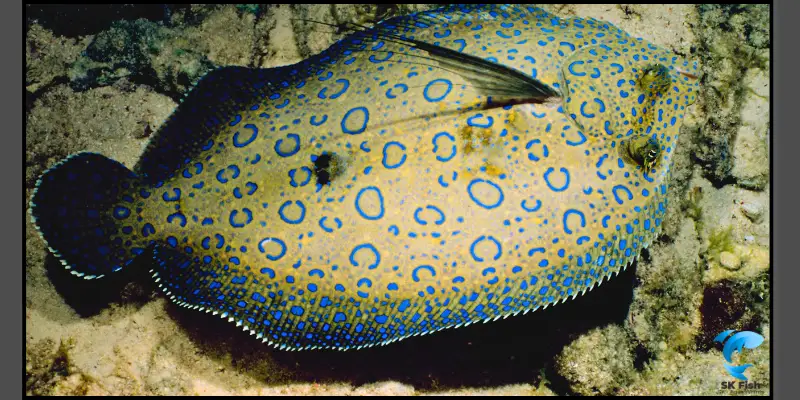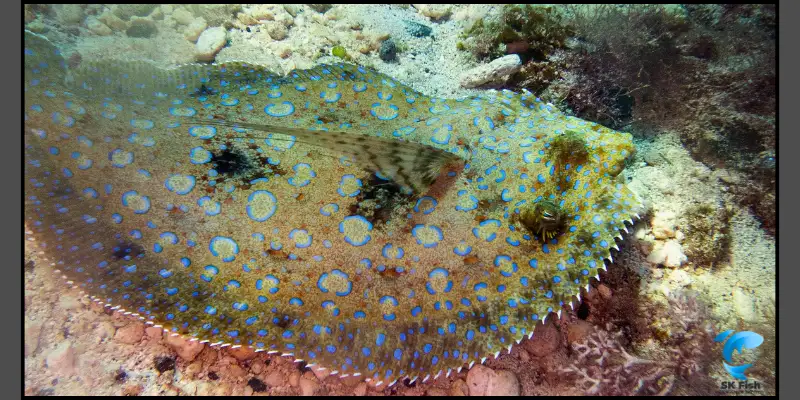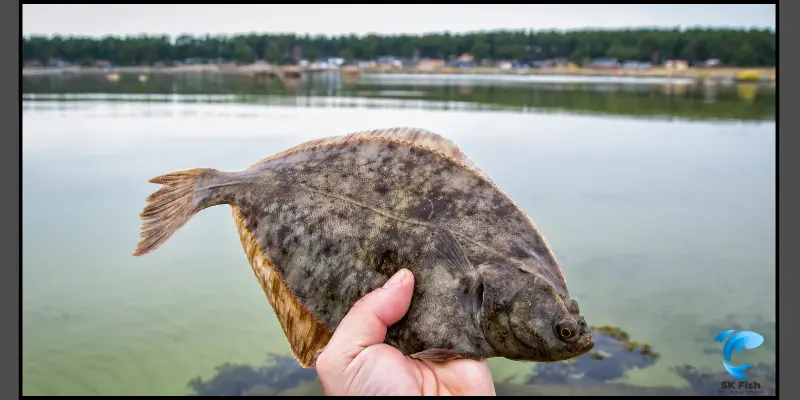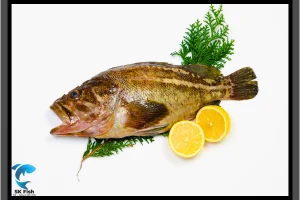Fluke Fish Untold Secrets and Facts You Need to Know
Published: 15 Jan 2024
Get ready to dive into the world of fluke fish. We explore all the fascinating facts and untold secrets of fluke fish. The scientific name of the fluke is “paralicthys dentatus”.
Are you wondering about the amazing facts of fluke? So, let’s start to discuss all the essential points of flounder that make Fluke renowned.
Let’s start!
What is Fluke Fish?
Fluke fish is a popular game fish renowned for its flat body and both eyes on one side. Flounder is the real name of fluke fish. Flounders are also known as demersal fish. They are a group of flatfish species. They belong to the “Pleuronectidae” family.

Common Names
Flounder has different names, according to different places, such as fluke (summer flounder), winter flounder, yellowtail flounder, European flounder, southern flounder, olive flounder, gulf flounder, and dusky flounder. These names are according to the region and place where you live.
Weight and Size
The weight and size of flounders vary based on their different species. Typically, a 2-year-old flounder measures 15 to 18 inches, potentially growing up to 33 inches. The weight of a mature 2-year flounder ranges from 1 to 5 pounds, and the maximum weight can extend between 21 to 26 pounds.
Lifespan and Reproduction
Male fluke flounders may exhibit faster growth rates compared to their female counterparts. Summer flounders generally reach maturity at the age of 2, while females achieve maturity at the age of 3. Despite this difference in maturation, both genders have a relatively short lifespan, typically 12 to 15 years.
The reproductive cycle of fluke fish centers around the process of “Fertilization.” Flounders engage in seasonal spawning, and crucial environmental factors, such as water temperature, significantly influence their reproduction success.
Development
The reproductive process of fluke fish involves distinct stages. Male flounders release sperm into open water, while female flounders release their eggs into the open water, initiating fertilization. Within 3 days, the fertilized eggs hatch into larvae, marking the commencement of the flounder’s life cycle. They can release millions of eggs, depending on their size.
A crucial phase in their development is “Metamorphosis.” At the onset, the newly hatched larvae exhibit a unique characteristic with one eye on each side of their head. As the larvae grow, a gradual migration of one eye occurs, positioning itself between the head of the flounder and ultimately coming to a stop. This transformation is a fundamental aspect of the flounder’s development.

Habitat and Distribution
Fluke fish inhabit diverse environments based on their specific species. Summer flounders, for instance, are commonly found in coastal waters and estuaries. The habitat of flounders is influenced by various factors, including temperature and prey availability. They can be located in inshore, nearshore, and offshore areas, and some species are adapted to deep waters.
Populations Status
Summer flounders are widely distributed in various oceans and seas, including the Atlantic Ocean, Pacific Ocean, Indian Ocean, and Arctic Ocean. They can be found along the east coast of Canada, and the United States, and in locations such as North Carolina and Massachusetts.
Certain species are prevalent on the Atlantic Coast of North America, as well as in Europe and the Northern Pacific Ocean, owing to their commercial importance.
How Is The Taste of Flounder
Are you curious about the taste of flounders? Well, flounders are renowned for their mild, delicate, and sweet flavor. As a flatfish, flounder is often described for its buttery and briny taste.
Most people appreciate its light flavor when paired with sauces and herbs. Fluke fish boast a delicious taste, complemented by their flaky texture. This species is versatile in cooking methods, including grilling, baking, pan-searing, and frying.
Nutritional Benefits
Fluke fish is highly beneficial for our bodies due to its rich content of omega-3 fatty acids, as well as various vitamins and minerals such as vitamin B12, vitamin D, selenium, and phosphorus. This fish serves as a healthy source for muscle development, energy metabolism, bone health, heart health, and brain function.

Diet of the Fluke Fish
The fluke fish has an opportunistic diet because it has both eyes on one side, aiding in targeting prey effectively. This unique adaptation allows flounders to navigate and hunt in various environments. Various types of fish are included in the flounder’s diet, and some of them are listed below:
| List of flounder’s diet |
|---|
|
Interesting Facts about Fluke
| Flounder has many interesting facts, such as: |
|---|
|
Conclusion
In this summary of flounder, we’ve covered a comprehensive range of essential aspects, including their various names, sizes, weights, lifespans, reproductive behaviors, larval development, preferred habitats, global distribution, dietary habits, and intriguing facts. I trust that this information has provided a well-rounded understanding of the nuanced and fascinating world of floundering.
Frequently Asked Questions
Is Flounder a good-eating fish?
Yes, flounder is a healthy source for the human body as it is rich in minerals and vitamins. This species is popular for its mild, sweet, and delicate taste.
What is another name for flounder?
Flounder, a popular game fish, is also commonly referred to as ‘fluke.’ However, it goes by different names, including summer flounder, winter flounder, dusky flounder, yellowtail flounder, and more.
What is a Flounder fish called in India?
In India, the flounder is known by its common name, ‘flounder.’ Another name for a specific type of flounder is fluke and the Summer Flounder.
Is Flounder a tuna?
No, a flounder is not a tuna, but both belong to the same group known as Pleuronectiformes.

SK Fish is your trusted source for practical fish care tips and delicious seafood recipes. Our team is dedicated to providing reliable, well-researched content for fishing enthusiasts and home cooks alike.

- Be Respectful
- Stay Relevant
- Stay Positive
- True Feedback
- Encourage Discussion
- Avoid Spamming
- No Fake News
- Don't Copy-Paste
- No Personal Attacks



- Be Respectful
- Stay Relevant
- Stay Positive
- True Feedback
- Encourage Discussion
- Avoid Spamming
- No Fake News
- Don't Copy-Paste
- No Personal Attacks





